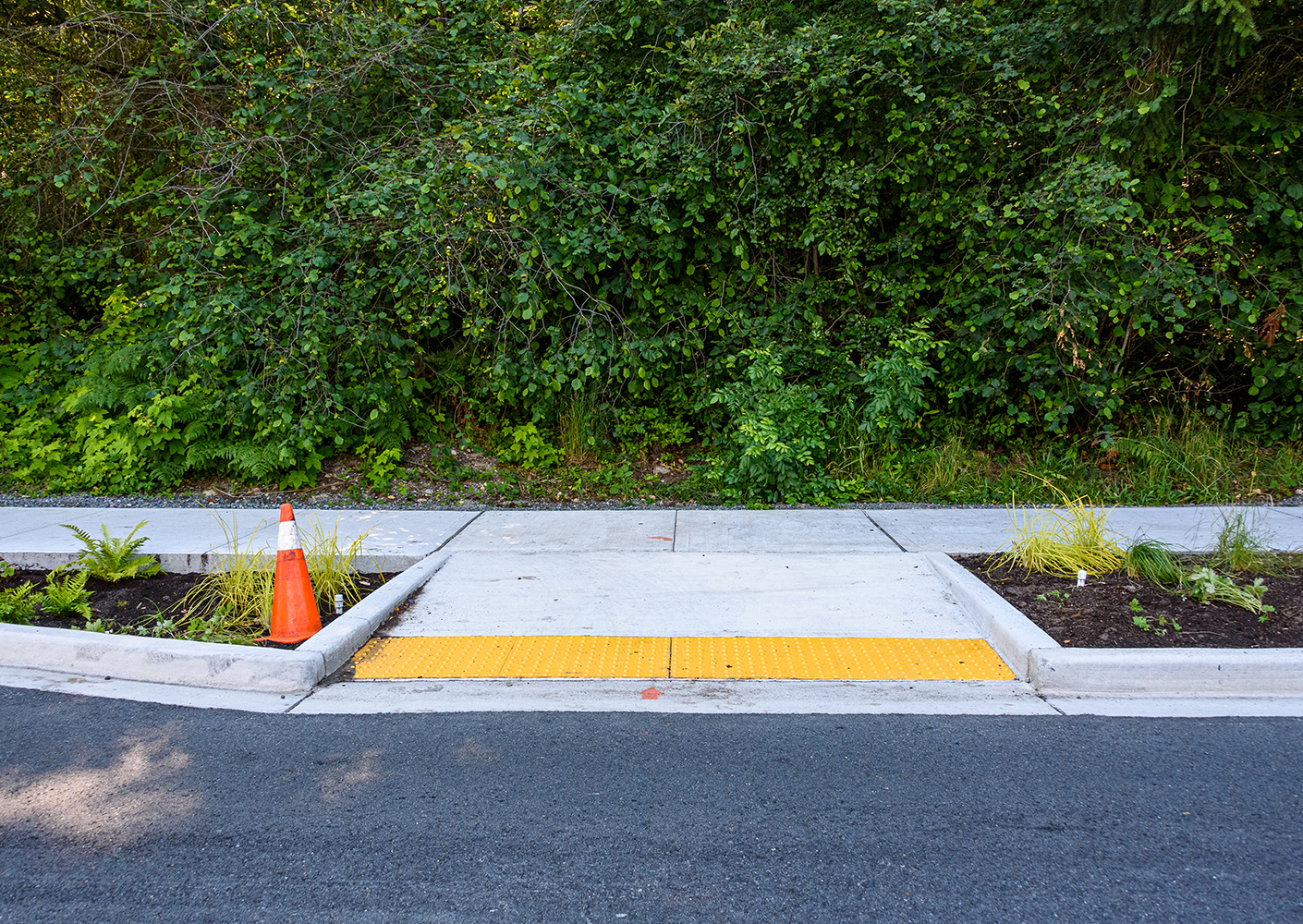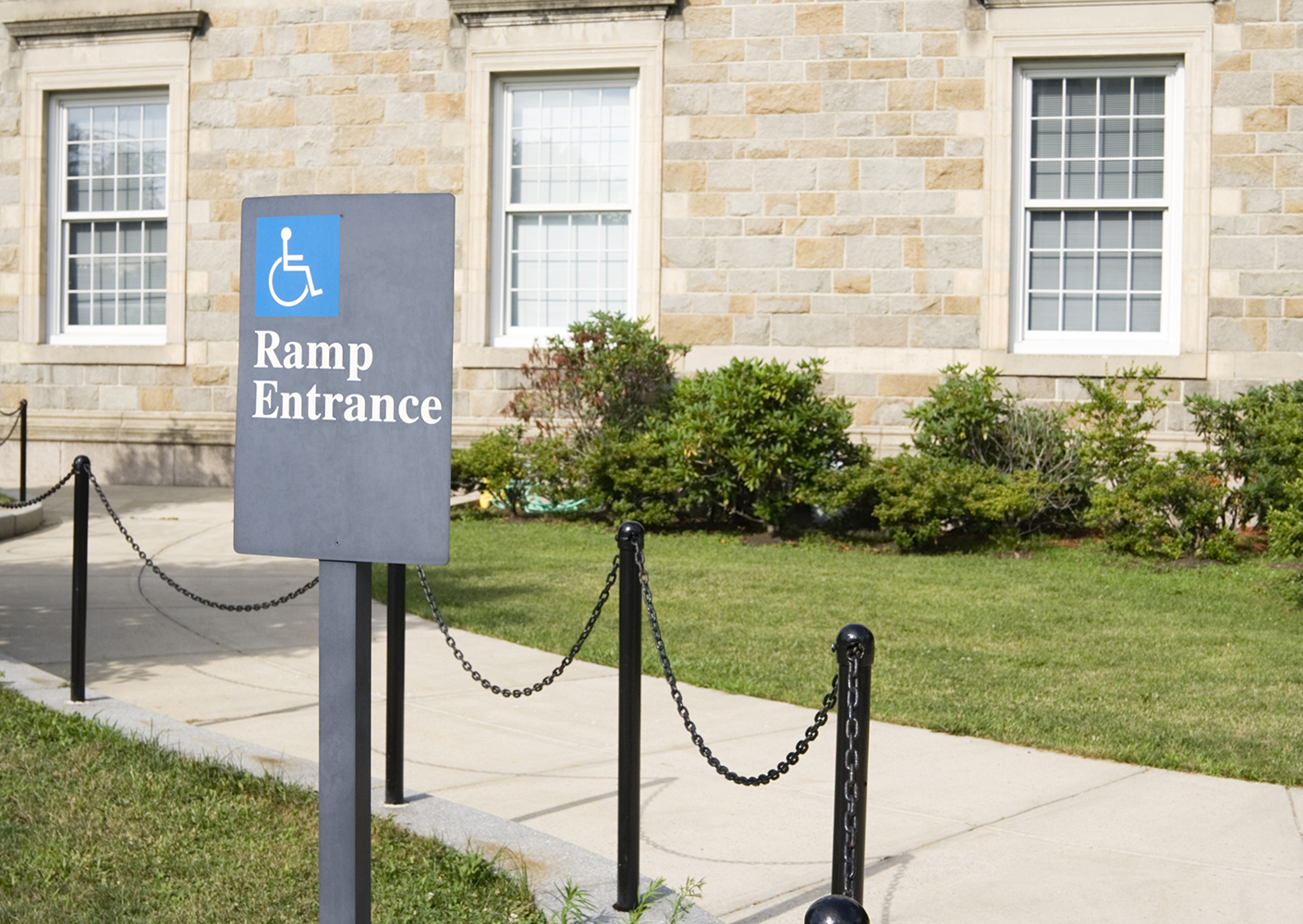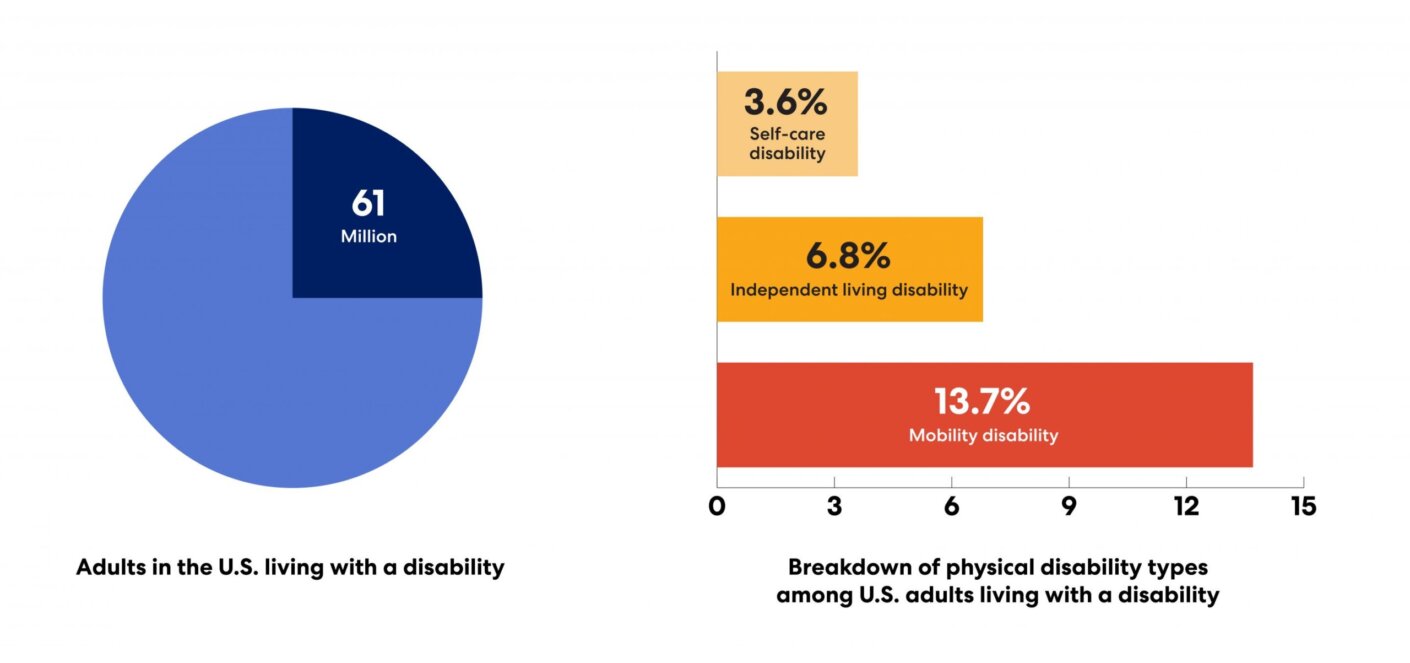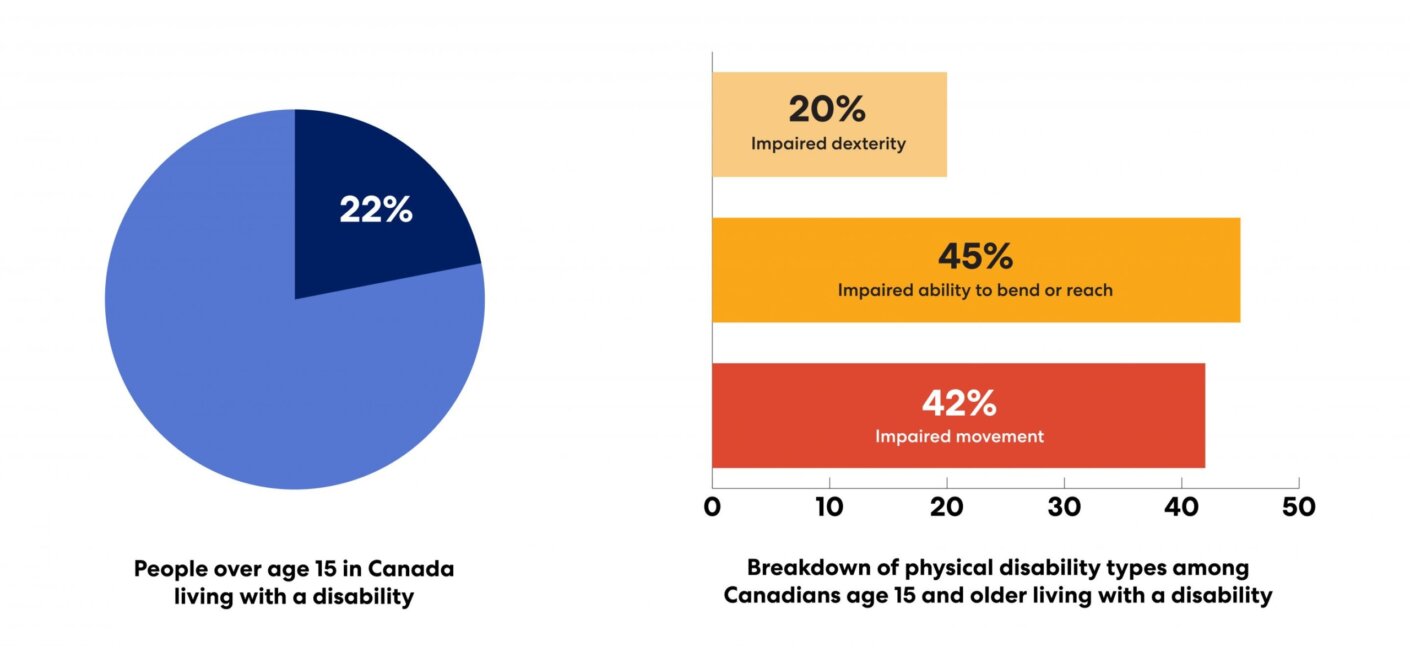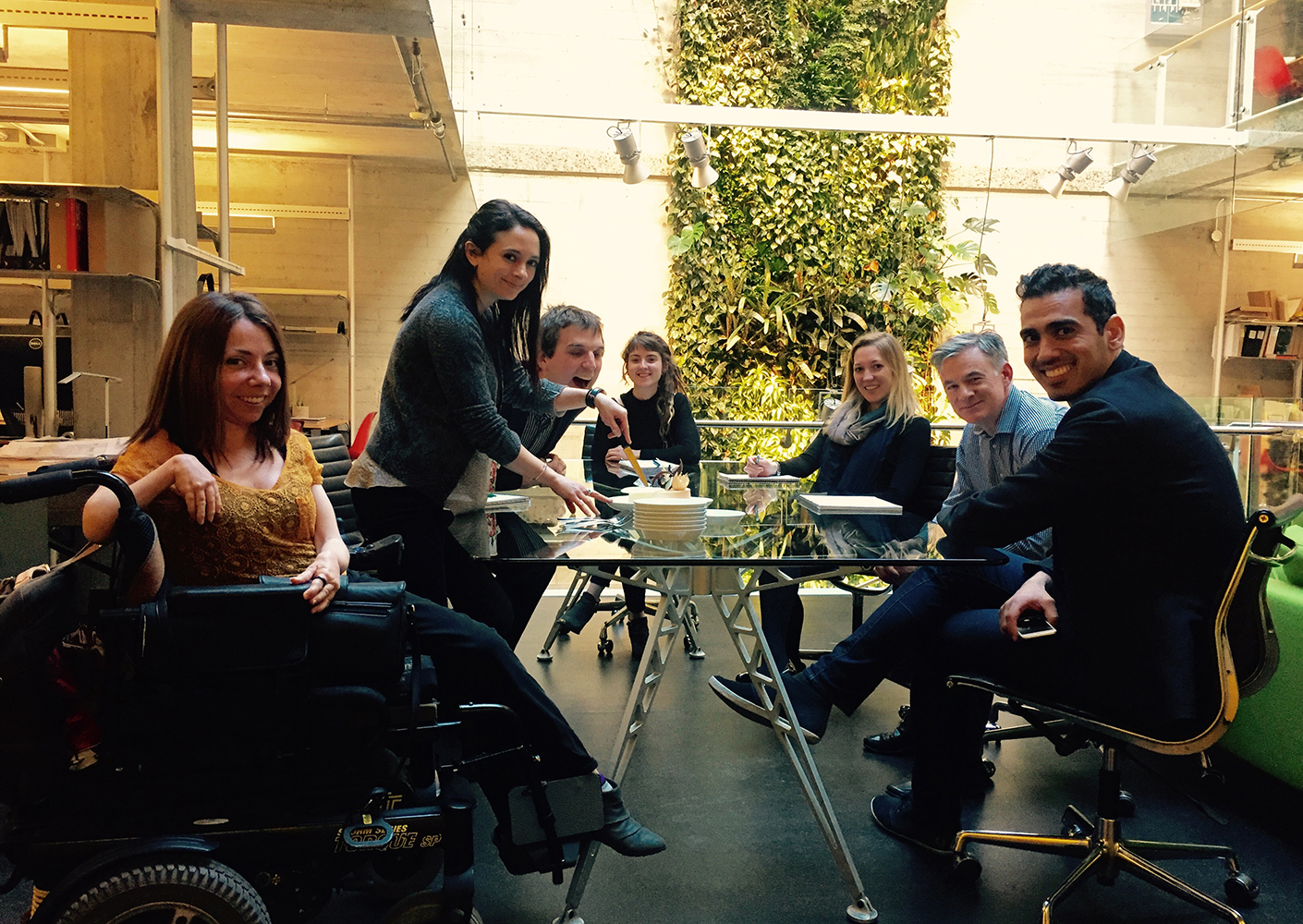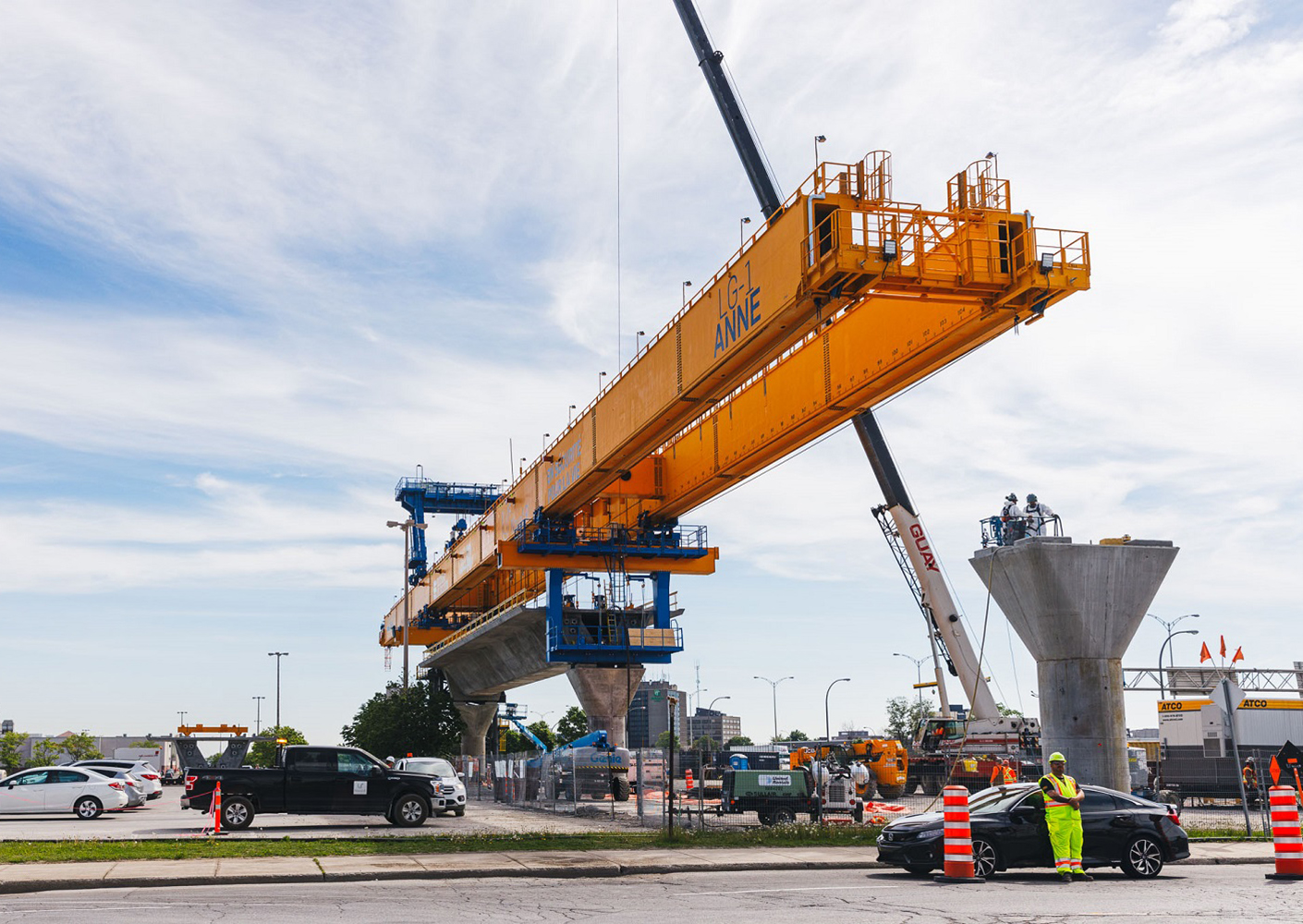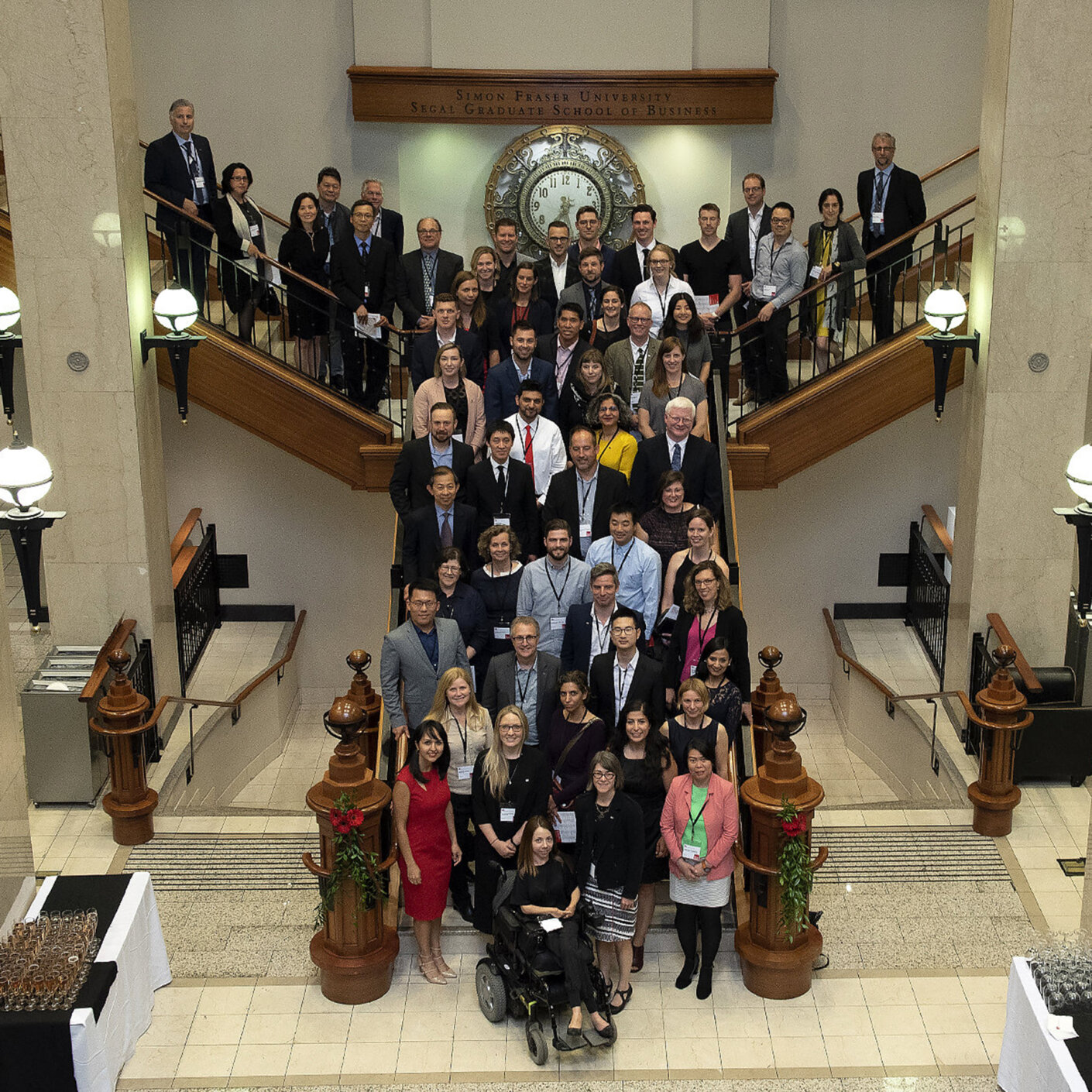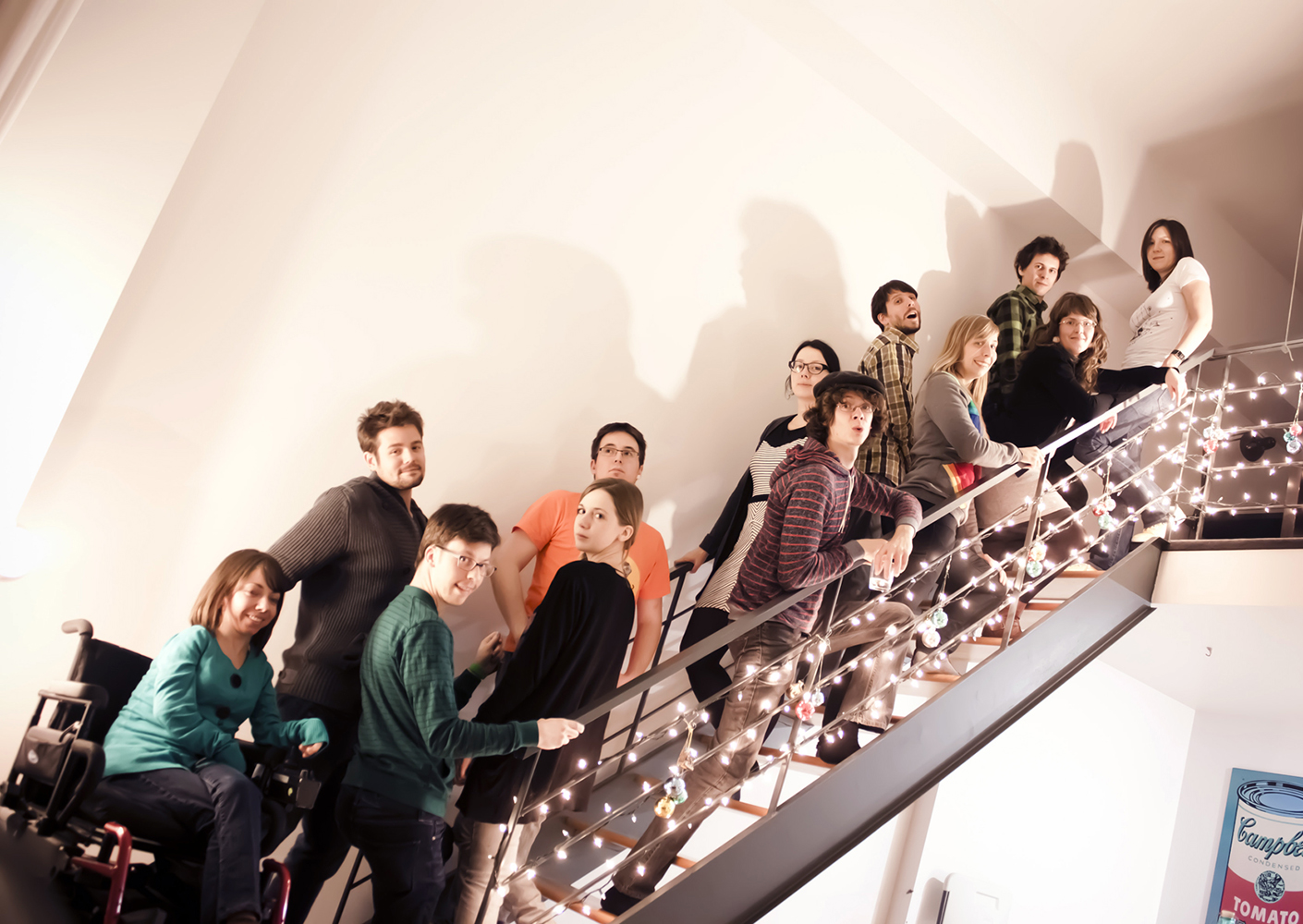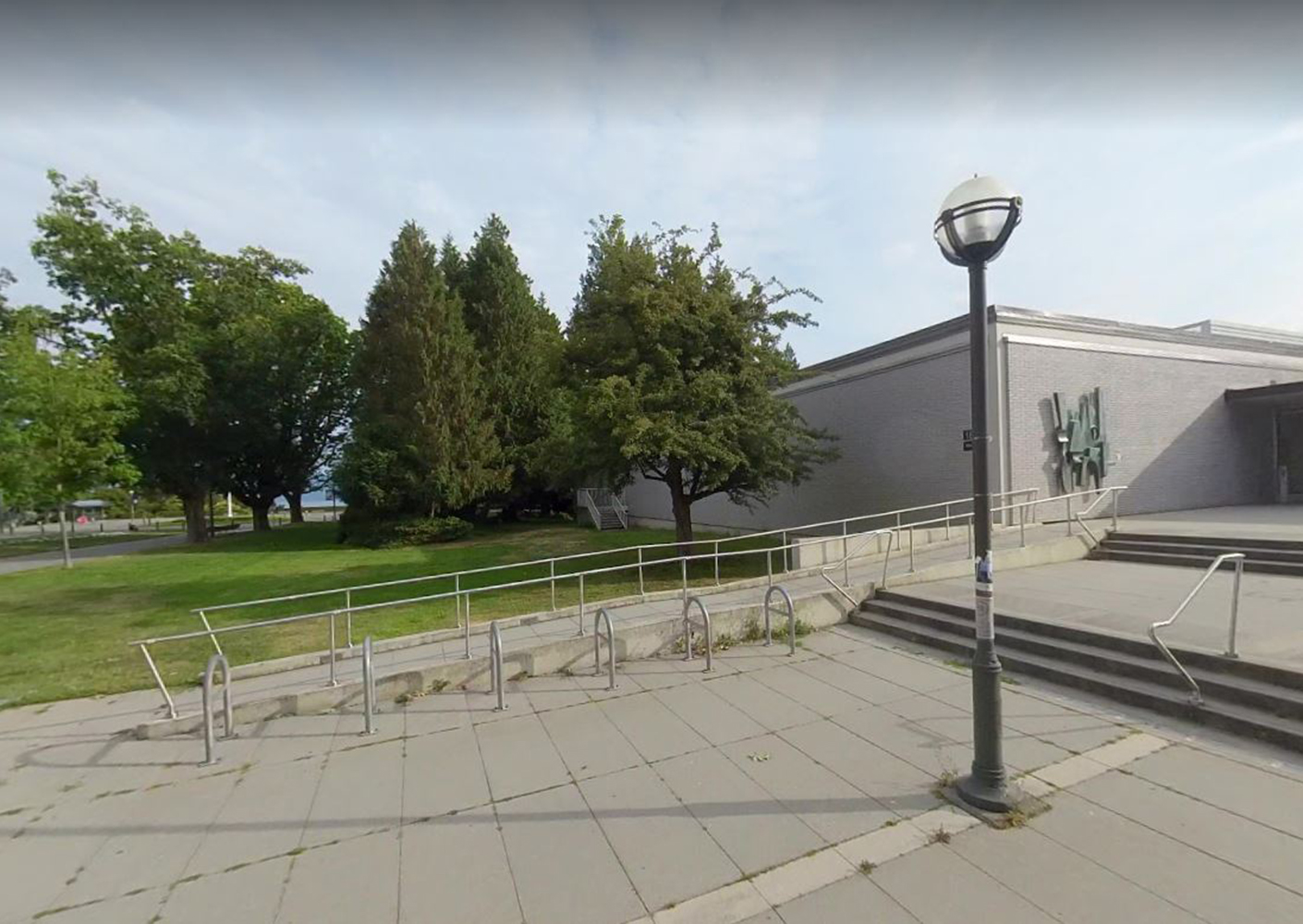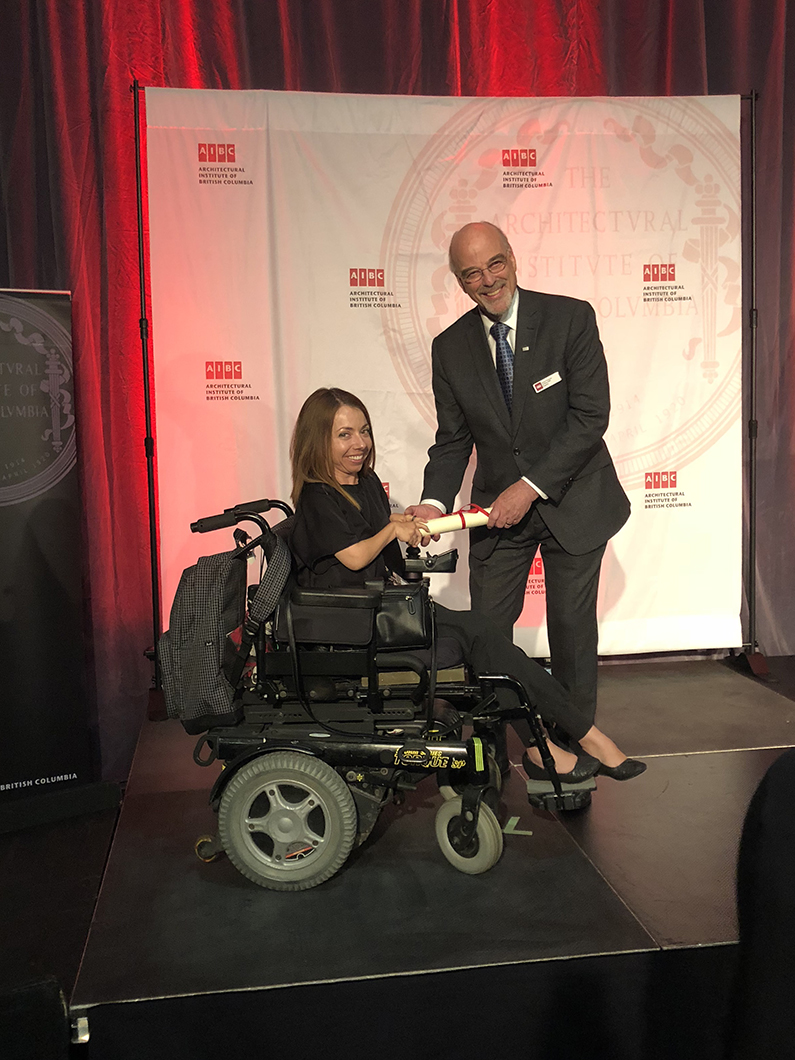It was one of those blustery, frigid winter mornings in Québec City— where the average high temperature during the coldest months of the year is well below freezing—when Annie Boivin realized she wasn’t going to be able to get inside anytime soon.
The architecture school at her university, housed in a 17th century monastery on a UNESCO World Heritage site, has three principal entrances. To pass through the main entrance, a person must first step up a six-inch-high platform, then clear an additional four-inch threshold. The other two entrances, which face the inner courtyard, are well above ground-level and require a person to climb a seven-step staircase just to reach the doors.
This of course isn’t a problem for most people. But for Boivin, who depends on a motorized wheelchair to move around, it meant the only way she could get to and from class every day was to enter the school through the loading bay in the back. There, her wheelchair could ascend the cargo ramp.
On this particular winter day in 2006, though, there was a snafu. A delivery truck driver had parked his vehicle in the loading bay, blocking access to the ramp. Boivin couldn’t get around it. Without a cell phone, she couldn’t call or text anyone for help, either. So she patiently waited outside in sub-freezing temperatures for the truck to leave. When it finally did, she was late for class. She was also shivering with cold.
“At the time I thought, ‘Hey, it’s not this guy’s fault; he’s just doing his job,’” Boivin recalls. “But I also couldn’t help but think, ‘You, architecture school, you as an institution are endorsing this design decision. You have created this situation by making this loading bay my entry. You are the architect that created this problem.’”



